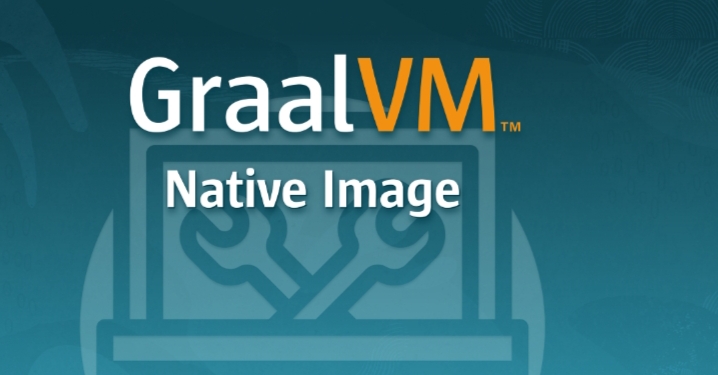
-
What does GraalVM stand for?
Oracle built the Java Development Kit (JDK) and the Java Virtual Machine (GraalVM), both of which start Java. A high-performance runtime is offered that comes with effective and innovative applications. It can be used with OpenJDK, Node.js, or Oracle Database and otherwise run alone.
GraalVM can be used to create applications in Java, JavaScript, and some other dynamic programming languages. As an outcome, interoperability within a single runtime is made possible, and the isolation across scripting languages is removed. The functionality of languages that run mostly on the JVM is one of the objectives of GraalVM. It offers appreciable effectiveness and efficiency advantages that are perfect for microservices.
-
How does the native image work in GraalVM?
The classes and methods that can be accessed during exploring the apps are determined by analyzing this data. All classes and their dependencies are processed by the native-image function, which develops native images of programs. Finally, it prepares a native executable by compiling the data and accessible code.
According to GraalVM Native Image, only those Java classes, techniques, and attributes that can be reached at the timeline will be present in the native executable. Each implicitly accessible code path is iteratively processed until the stable point has been reached when the analysis is complete.
-
Initializations during build
GraalVM to maintain proper functionality, Native Image at execution defaults to class. Initialization. However, Native Image will do so if it can show that initializing certain classes are secure. This implies that having a pre-populated heap accelerates the startup of your application.
-
Is GraalVM faster than JVM
GraalVM can be executed within the OpenJDK environment to speed up the execution of Java applications. GraalVM handles the conversion of Java bytecode to assembly language. This setting can be beneficial, particularly for many other JVM-based languages like Scala.
Inlining and also more aggressive speculation optimization can result in extra benefits. For a complicated example of a long-running application, consider the Stream API. Due to its ability to eliminate expensive object allocations in various circumstances, GraalVM offers performance improvements for highly abstracted programs.
-
How to Configure Native Image Myth Busting?
Java programs can now be run using Native Image, a brand-new approach. Native Image does static analysis under the assumption of a closed world. To complete the build procedure, additional configuration is needed for dynamic Java capabilities like reflections. You have two options for setting up this configuration: manually or through the Native Image tracking tool.
When an application is running on the JVM, the tracing agent monitors the usage of dynamic features. The Reflection API request will be attempted to be detected by and handled by GraalVM Native Image. The native executable’s modules, classes, and functions are displayed in the GraalVM Dashboard.
-
What is native image processing?
The application’s classes and their dependents are processed by the Native Image builder, often known as native-image. This data is analyzed to ascertain that classes and functions are accessible during application execution. The readable code and data are then pre-compiled into natively compiled code.
-
The Future of Native Images
The polyglot virtual machine GraalVM, which offers a shared runtime to run programs written in several languages, has just released version 22.0, which includes numerous native image upgrades. Significant advancements in the native image builder application have been developed to speed up Java web development times and decrease image sizes.
-
Explain Shared Library
A separate class loader is produced for such a shared library whenever you publish one that includes Java files. Both the Java shared library and the Java across all referred shared libraries are present in this loader.
-
JVM for Native Java
The Java heap (sometimes known as “the heap”) is where Java object instances are stored. During JVM initialization, a contiguous area equal to the maximum capacity of such a Java heap is preallocated. With heap expansion, this allocation enables the minimum heap size setting’s arbitrary heap size limit to move closer to the actual heap capacity.
